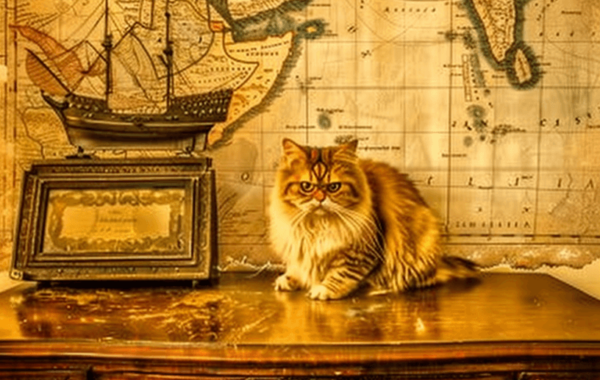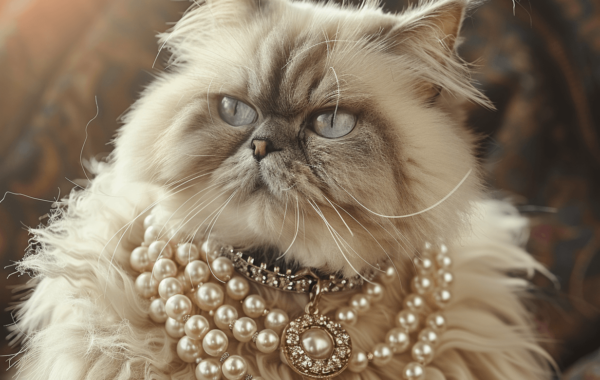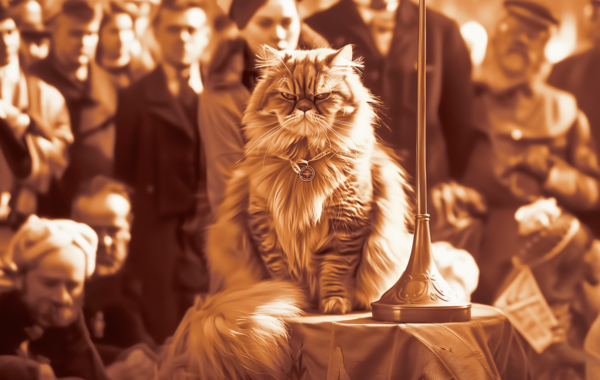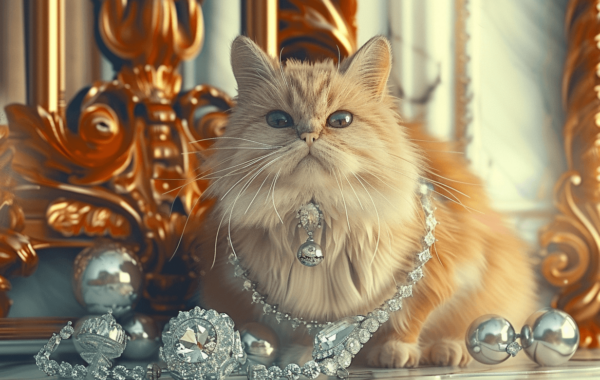Top 3 Popularity Rank Worldwide
12-17 Year Lifespan
7-12 lbs. Average Weight Range
40% Prone to Breathing Issues

PERSIAN CATS History, Unique Characteristics, and Graceful Beauty
Black cats have been surrounded by myths and legends for centuries. From symbols of good luck to omens of misfortune, black cats hold a unique place in various cultures around the world. Let’s delve into the myths, legends, and truths about black cats, shedding light on their real personalities and debunking common superstitions.
Persian Cat Video Shorts
Discover a variety of engaging videos featuring persian cat facts, short stories, and informational/training content to learn more about these fascinating felines.
Cat Facts Fascinating History of Persian Cats: Royalty, Mysteries, and Cat Shows
Cat Short Story Welcome to The CATRIX
Secrets of the Sacred Cats as Divine Messengers in Ancient Egypt
Fascinating Persian Cat Facts

Ancient Lineage
Persian cats have one of the oldest known cat lineages, with origins dating back to ancient Persia.

Noble Favorites
They were favorites among European nobility, including Queen Victoria, who owned several Persians.

Show Champions
Persians are one of the most popular breeds in cat shows worldwide, consistently winning top honors.

High Maintenance
Their luxurious coats require daily grooming to keep them in pristine condition.

Quiet Companions
Persian cats are known for their quiet and gentle disposition, making them ideal pets for a serene household.